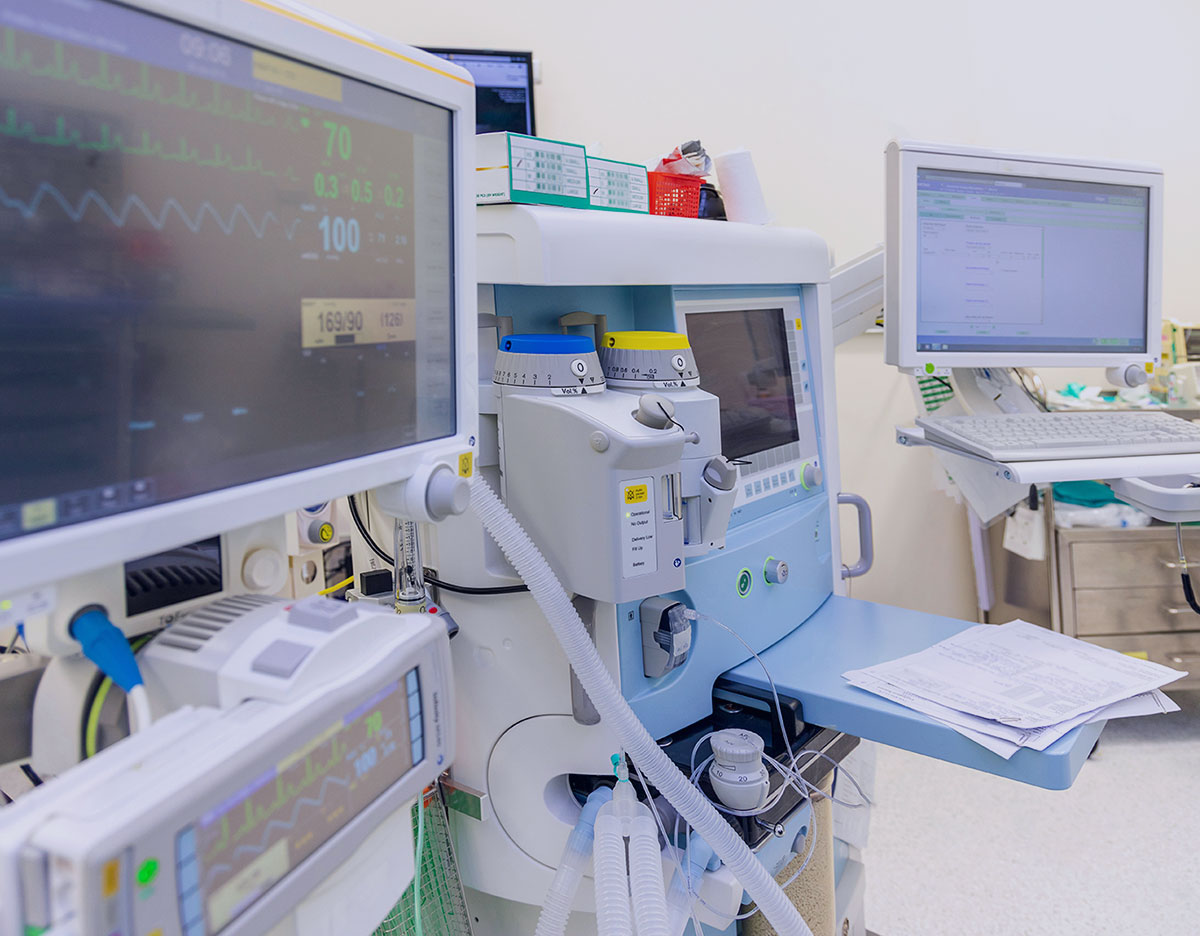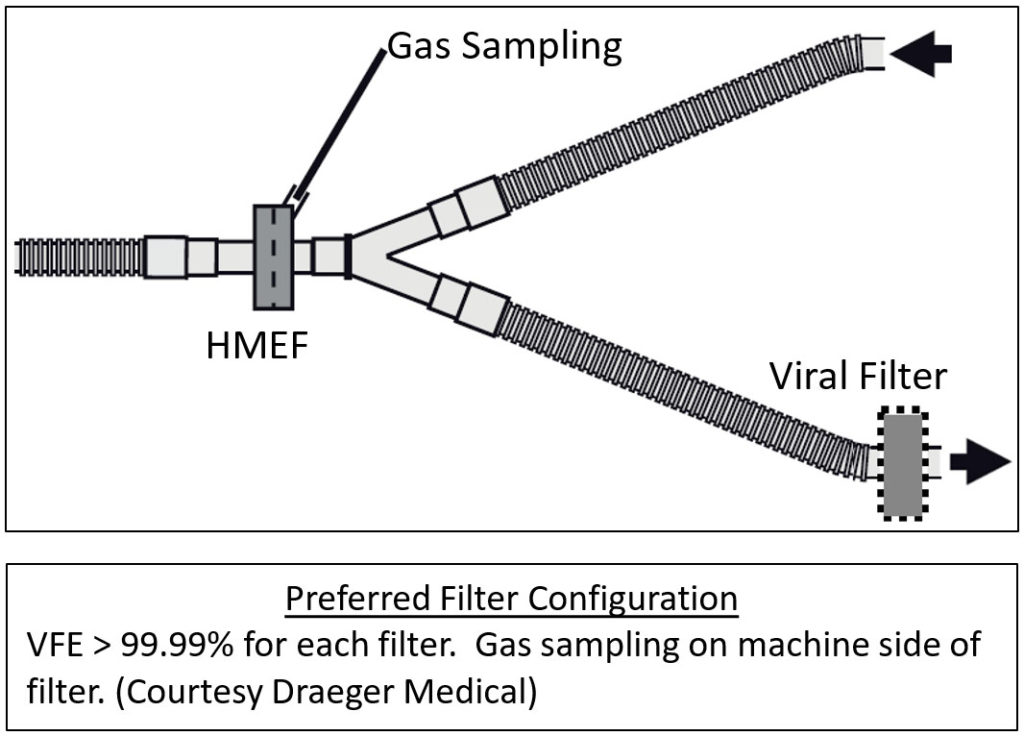- Joined
- Jan 9, 2013
- Messages
- 257
- Reaction score
- 138
Wondering what the transmission possibility would be, if any, of an anesthesia machine infecting another patient following a patient who had COVID. Not sure if this has been discussed before.

 www.apsf.org
www.apsf.org

Wondering what the transmission possibility would be, if any, of an anesthesia machine infecting another patient following a patient who had COVID. Not sure if this has been discussed before.
